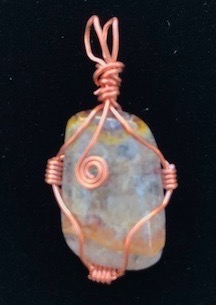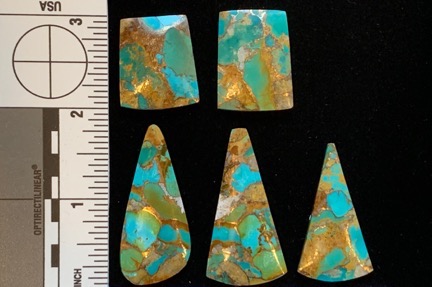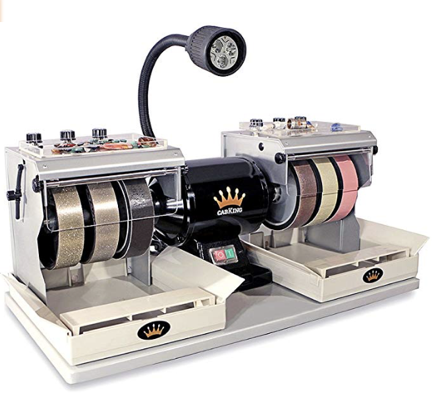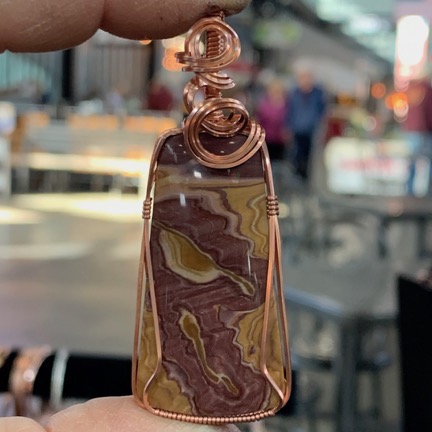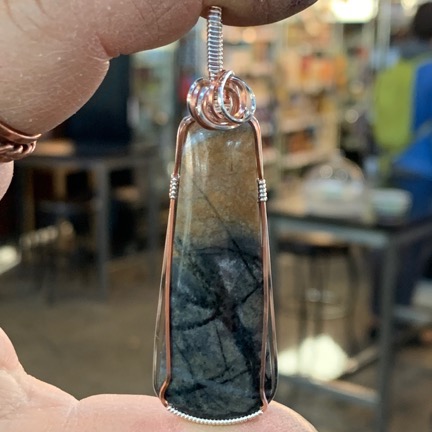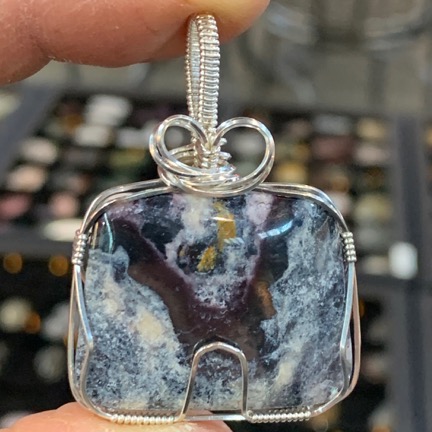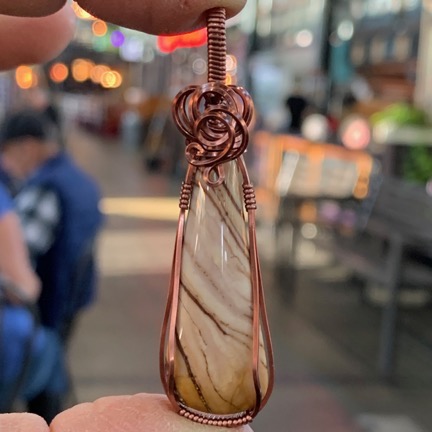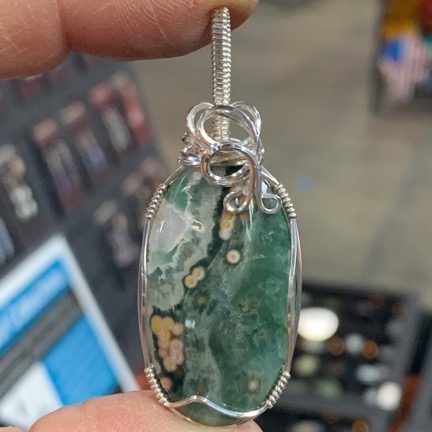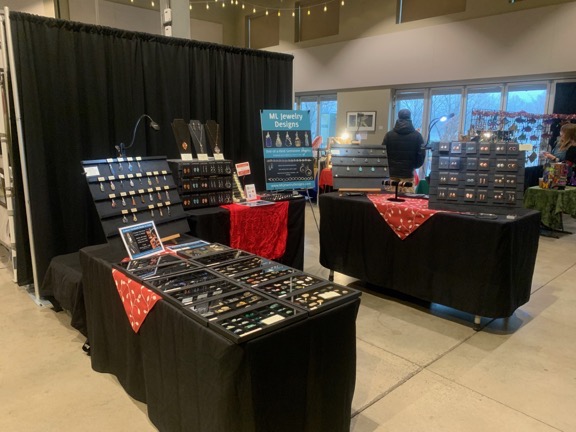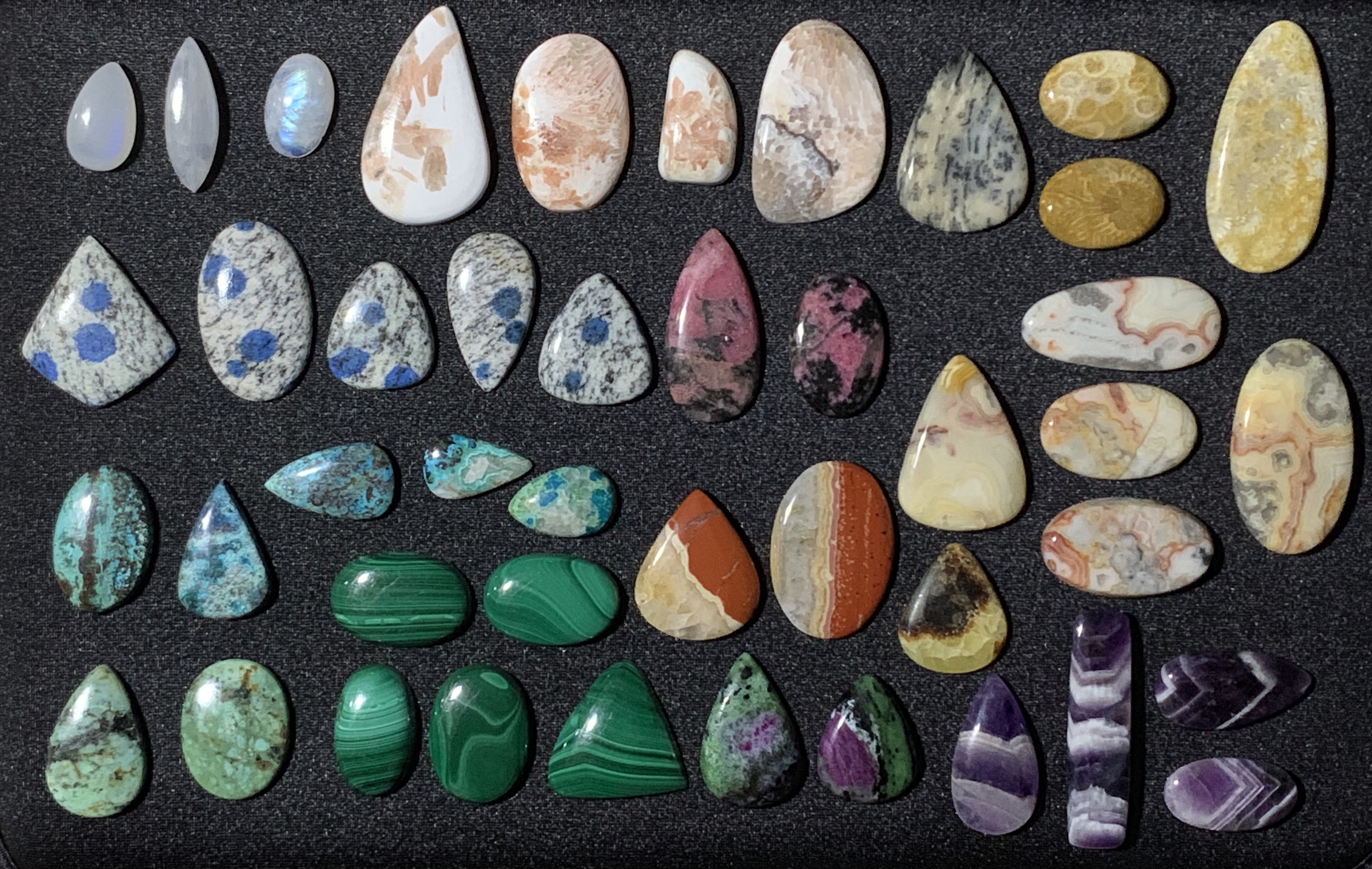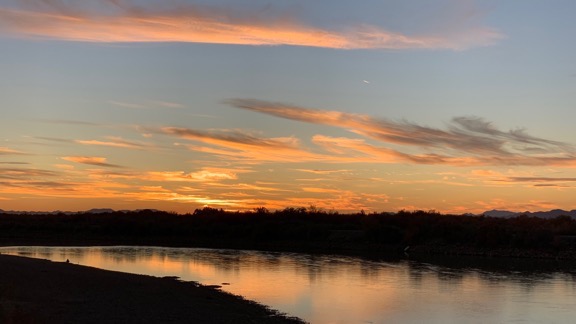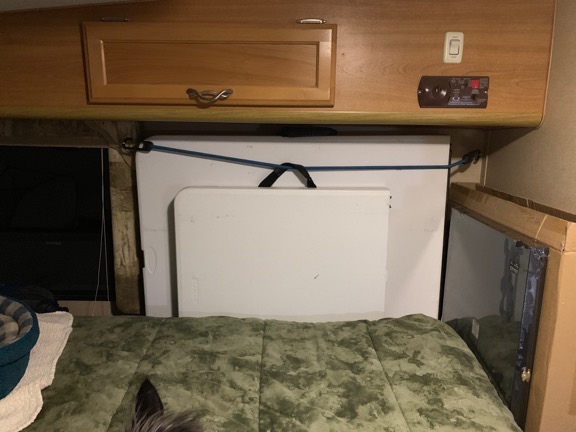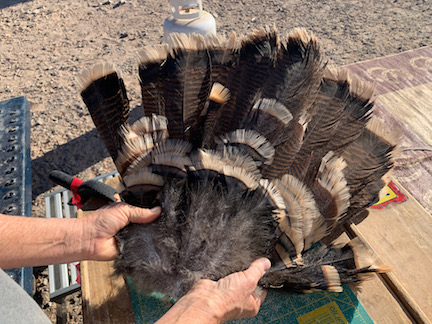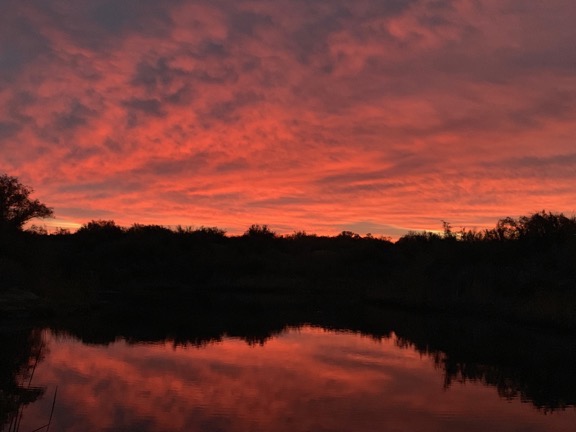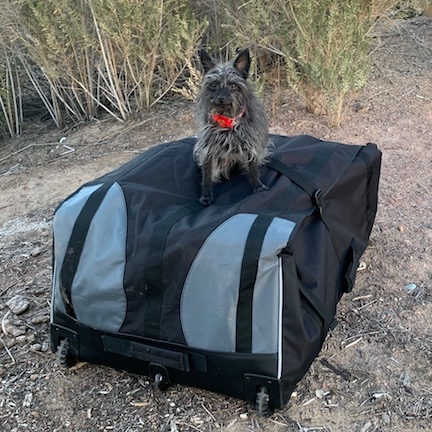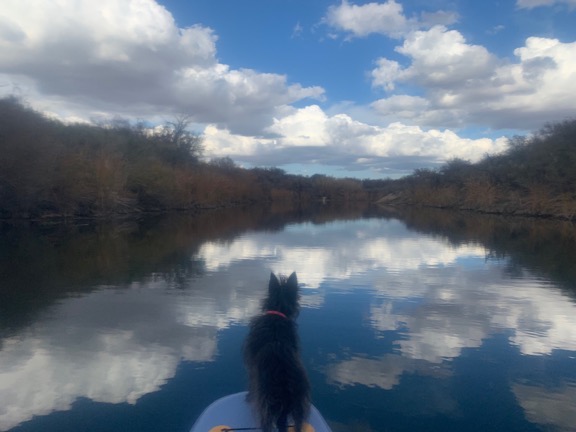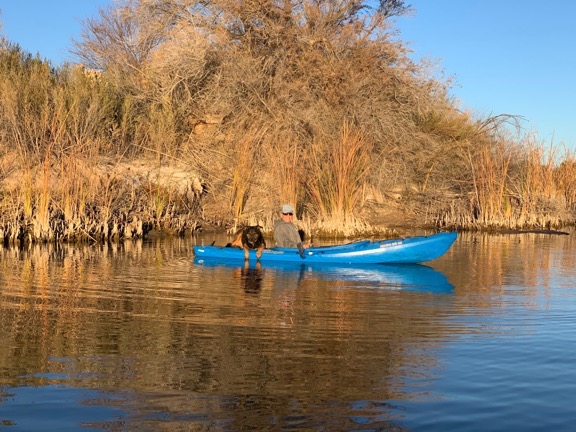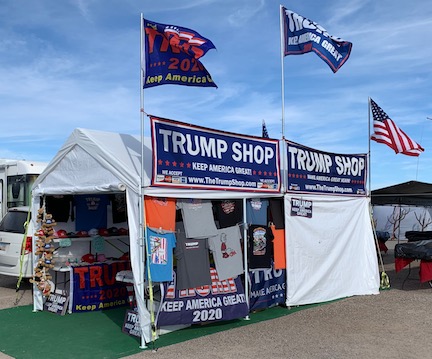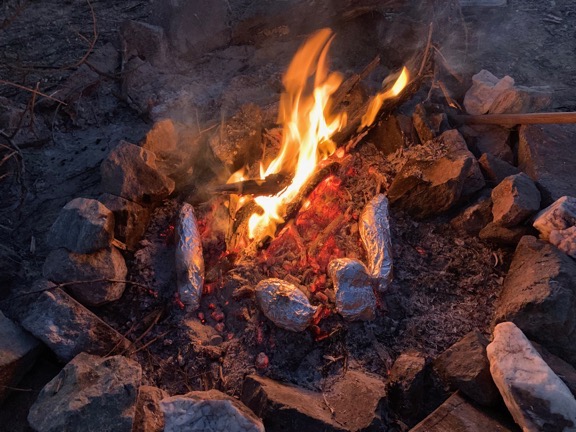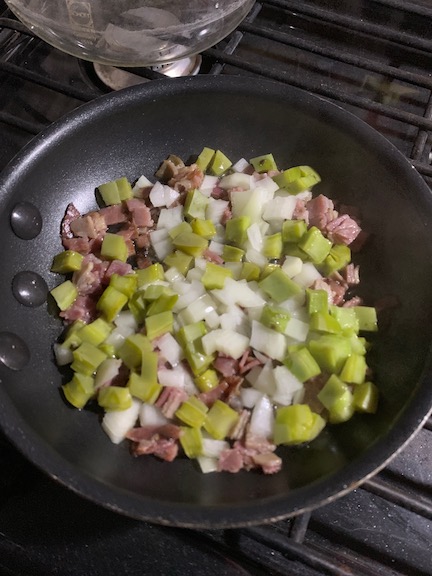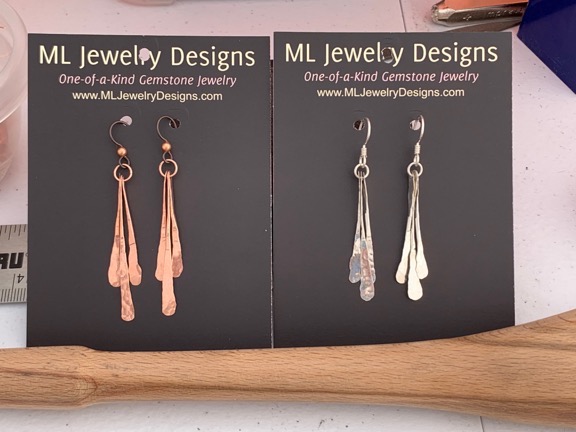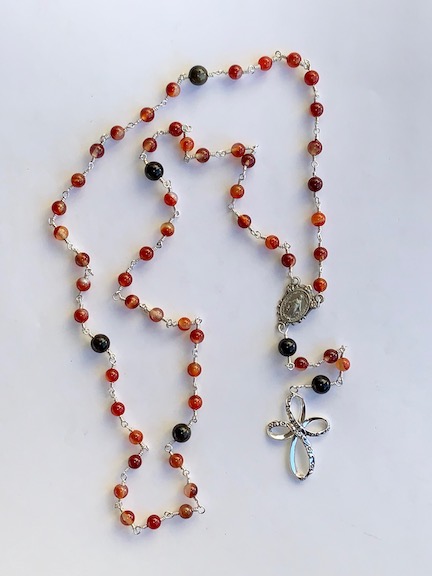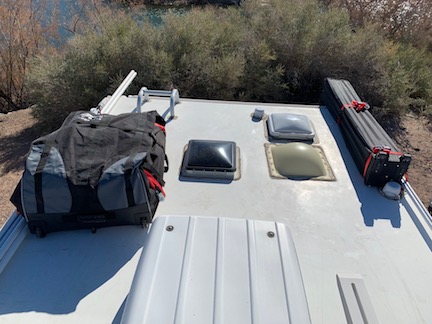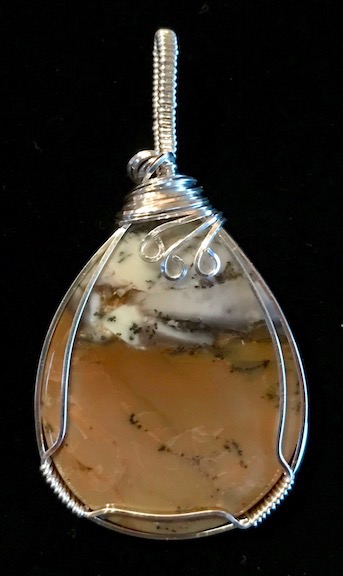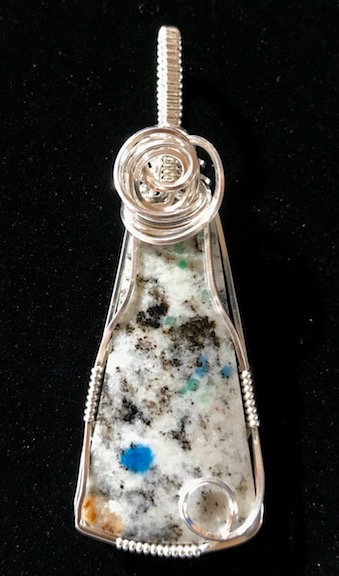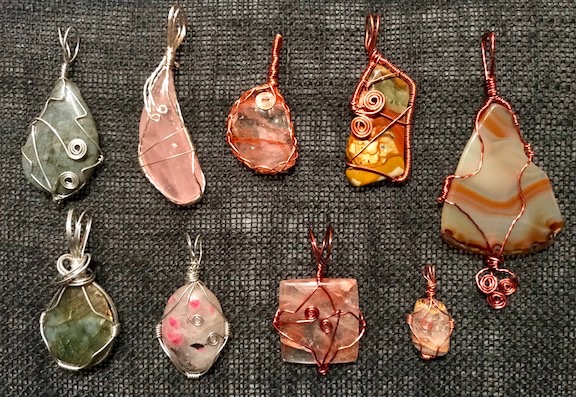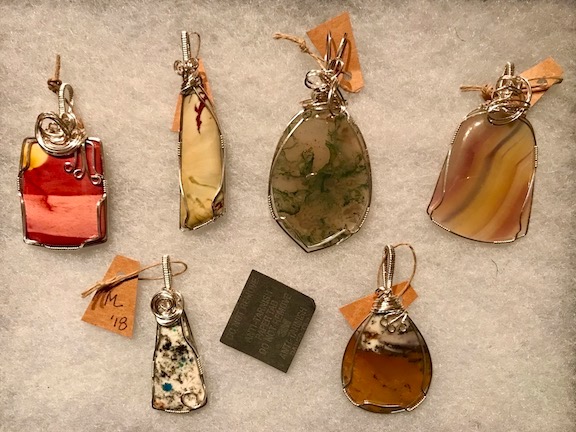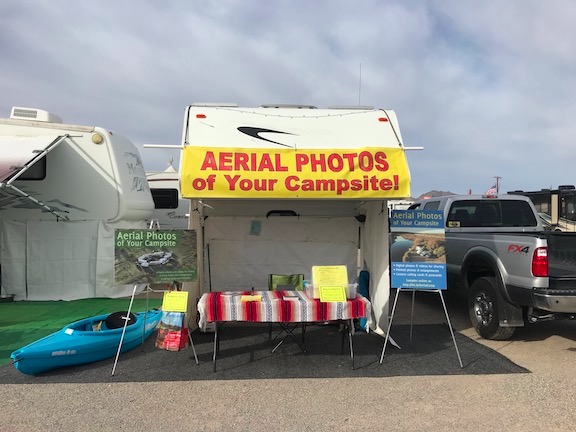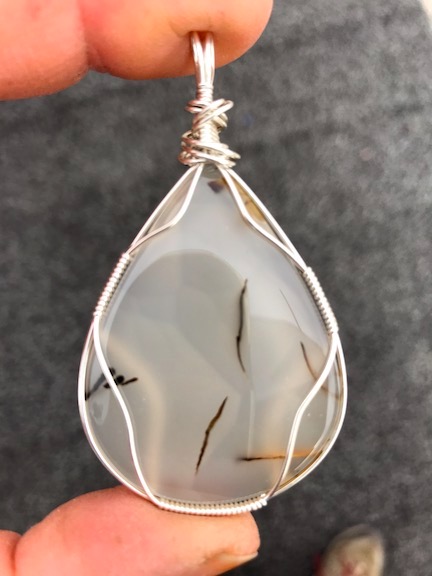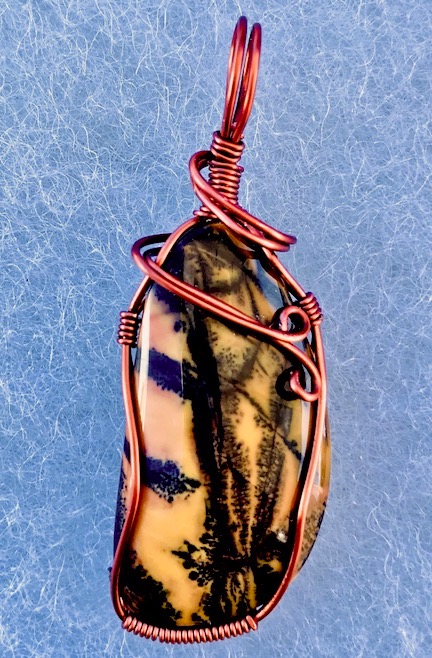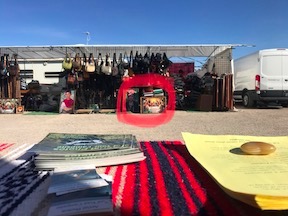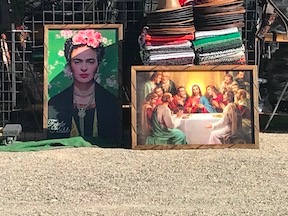Vacation on the Colorado River.
After my long drive south from home, I settled in for a two week stay at my favorite campsite along the Colorado River backwaters. This is south of Ehrenberg, just off a maintained gravel road on BLM land.
BLM, in case you’re wondering, stood for Bureau of Land Management long before it stood for Black Lives Matter. BLM land is federal land and there’s a ton of it in the southwest. It pretty much surrounds the Quartzsite area and stretches all the way to the river. Because you can camp in any one spot for up to 14 days for free on most BLM land, it’s a haven for snowbirds in self-contained campers. In fact, the availability of BLM land all around Quartzsite is probably what makes Quartzsite the January snowbird destination it has become.

Mother Nature treated me to a nice sunset the day I arrived at camp. Here’s the view from the levee road about 200 yards from my campsite that evening. That’s some California farmland south of Blythe on the other side of the river.
A Little about My Little Rig
These days, I travel with a Lance slide in truck camper. That’s the kind of camper that sits in the bed of a pickup truck. Although not as spacious as the original one I bought years ago to replace my 36-foot fifth wheel with four slides — that huge setup, which became my home for nearly two years, was overkill for one person and a tiny dog — it has everything I need: kitchen with sink, stove, oven, microwave, and refrigerator; bathroom with toilet, sink, shower, and medicine cabinet; queen bed (it came with twins but I replaced them); dining table that can seat three; heat (which runs on propane and DC power) and air conditioning (which requires AC power), and plenty of inside storage. Lance is one of the premier brands of this kind of camper and it really shows. It’s well designed and very comfortable. Best of all, because it’s small I can take it nearly anywhere and I can still tow something behind me. (Last year, I brought my boat along.)
My rig is self-contained — with limits, of course. Its three tanks — fresh water (what comes out of the taps), gray water (sink and shower waste), and black water (toilet waste) — hold 30 gallons each, which may not seem like a lot, but with just one person to utilize them, it’s not bad. Fresh water is the limiting factor here and I carry two empty 6-1/2 gallon jugs so I can haul water back to my rig and refill the tank when supplies get low. Of the two waste water tanks, only the gray water tank can be dumped without harming the environment; I use bio degradable soaps and have a hose to direct water into thirsty desert greenery. I don’t do that unless I absolutely must. The longest I’d ever gone without dumping the black water tank was 10 days, so this stay would (hopefully) create a new record at 14. And no, in answer to a question by others who wonder, the toilet tank does not stink. I use some eco-friendly chemicals in the tank and have been pleasantly pleased by the complete lack of smell, perfume or otherwise.
For power, I’ve got two deep cycle batteries and 200 watts of solar panels on the roof to charge them. A solar controller tells me how much power is going in when the sun is out and what the current battery voltage and charge percentage are. I’ve seen incoming power reach 5.4 amps — without even being pointed toward the sun. On a typical Arizona cloudless day, the battery percentage will go from a pre-dawn low of 40% to 50% — mostly because I run my forced hot air heater at night — to 90% by noon. (It won’t read 100% for reasons I still don’t quite understand.) If the weather is cloudy, which does happen even in the desert, and I can’t get enough power into the batteries with the solar panels, I have a 2KW Honda generator I can run for a while to charge everything up. I generally don’t use AC-powered appliances like the microwave or a coffee maker but I admit that when the generator is running, I might take advantage of its AC power to reheat leftovers in the microwave.
For Internet, I’m at the mercy of my provider and location. I’ve been a Verizon subscriber for more than 20 years now and that’s mostly because it really does have the best network coverage. Even so, I’ve been in more than a few locations where coverage is poor or non-existent. When I camp, I like to get away. And honestly, do we really need Internet access 24/7/365?
My Camping Companion
This year I was joined at the river again by my friend Janet, an artist that lives mostly in Colorado. We’ve been friends for about 20 years now and that’s at least as long as she and her significant other, Steve, have been going to Quartzsite in January to show and sell her artwork. I’ve been camping out on the river with Janet (and often others) since my first snowbirding trip south in 2015, when I hauled my old fifth wheel down for the last time and killed my old truck doing it. Although she and Steve live in a fifth wheel (remarkably like my old one) year-round, she has a much smaller pull trailer she uses at shows and that’s what she brings to the river to camp in. Last year she and I camped a bit farther down the road.
I arrived on Thursday afternoon; Janet came in on Friday. She arrived in a new (to her) used truck that had a van front and a box back. It was called Wild Blue because it was blue and had previously belonged to the air force. This was an upgrade from her old van, which was getting “tired” after a long life on the road. In the future, she and Steve would configure the back with shelving to secure and store her art show booth panels and artwork. But for now, it was mostly empty, holding her kayak and some of her art supplies. Like me, she planned to work on this vacation.
Janet had Lulu, her geriatric pug along with her. Lulu is nearly blind and deaf and needs to be carried up and down stairs and placed in appropriate places to sleep or do her business. Assisted living. But she has a good appetite and doesn’t seem to be in pain. She definitely communicates when she’s hungry. I was pretty surprised to see her; I thought she might have died by now. Now she’s thinner and frailer, but still wearing that pink hoodie on cold desert mornings.
I’d been sick all day when they arrived — I’m pretty sure it’s something I ate in Vegas on Wednesday night. (I like to think it wasn’t the oysters because they were the best part of the meal.) I’d been dozing all day on the bed with no appetite and nausea that I was barely able to keep under control with Sea Bands (pressure point nausea prevention that usually works like a charm for me). So when she arrived, she found the campsite pretty much the way it was when I arrived the afternoon before: camper and truck parked separately but nothing else done. It was a good thing she didn’t need my help setting up because I was pretty much useless. In fact, I was so out of it that I went to bed before it got dark, leaving her alone by the campfire she’d built.
The Shop Tent
After sleeping about 10 hours, I was 80% recovered. By noon I was 90%. By Sunday, I was back to normal. But in the meantime, I needed to finish setting up my camp so I had room to live inside my stuffed camper.
You see, the only major drawback I had on this trip was the amount of stuff I had to bring with me to show and sell my jewelry at the two shows I was scheduled to attend. That included a 10×10 foot tent shelter with all its canvas, three folding tables, a tall director’s chair, table cloths, easels, all the jewelry and cabochons I put on display, selling supplies, and the tools and materials I need to create more jewelry. I’d also decided to practice my soldering skills so I brought most of my soldering equipment. Although I would have loved to bring my CabKing cabochon maker, I had a hard enough time squeezing the above listed gear and my additional camping equipment — generator, water jugs, bicycle, etc. — into my camper and truck. Living with this stuff inside my rig was not an option, but I had a solution: I’d put up the tent shelter and set it up as a shop.

When it came time to packing my gear, I got creative. Here are three folding tables and three cases of cabochons secured at the foot of my bed. These didn’t really get in my way during the trip and could have stayed here.
I should also mention here that last year I bought a custom canvas setup for the space under the sleeping area of the camper, so when it’s off the truck, I can put on the canvas and create a sort of garage. I’d set that up for my bicycle and generator and other stuff.
So that’s what I did on the Saturday after my arrival. Janet helped me with the tent — the damn thing is tough for one person to assemble alone. I staked it down, put on the sides, and even spread a mat on the floor inside. Then I moved the tables out from where they had been secured against the wall inside the camper at the foot of my bed and the chair from the back of the truck. Little by little, I brought out everything I could, freeing up valuable living space inside and making my truck usable for transportation by two people and two dogs. (I wish I’d taken a photo, but I don’t seem to have any pictures of our campsite at all.)

One of Janet’s tasks was to remove feathers from a wild turkey’s tail fan. I shot a narrated video of her that we put on YouTube.
Meanwhile, Janet set up a little shop just outside Wild Blue. There was no wind and the weather was perfect in the sun — a good thing because she was working with feathers. For the next few days, she’d work on a new project there while I tried to practice soldering in my tent.

Mother Nature also served up some pretty dramatic sunrises. Here’s one from my camper’s back door early during our stay.
Recreation
Of course, it wasn’t all work for us. In fact, it was very little work for us. We spent a lot of our time just taking it easy.

I got Penny to pose atop my Hobie kayak bag to give some sense of the size of the bag. Although it’s big and rather unwieldy, it has wheels and handles that make it easy to move around. The whole kayak, including seat, pedal drive, paddle, and pump fits in this bag.
After camp was set up, I pulled out my new kayak and pumped it up, thrilled to see that it required very little pumping to get it up to the right pressure. We brought our kayaks down to the backwater and launched them. I struggled a tiny bit getting the pedal drive in place and secured and then gave it a workout. I realized that although I could also paddle, the high seat position I’d chosen made it difficult to do so without getting wet. I’d lower the seat the next time I assembled it. We’d go out a few times over the next two weeks. Janet likes to fish and although I do, too, I don’t like it nearly as much as she does. So while she fished, I pedaled around. The backwater is about a mile long — very quiet with calm water, ducks, and herons — and makes a perfect place to explore.

One of the days we went paddling, the conditions were perfect for some nice reflection photos. This shot would have been better if I hadn’t been shooting through a plastic bag.

Here’s Janet in the kayak with Dually. Dually absolutely loves to go boating and, remarkably, can stay balanced on the kayak.
We went on a power walk most mornings. Sometimes we took a short route that was about a mile and a half. Other times we took a longer route that was more than two and a half miles, much of it in sand. Penny ran all over the desert, following the scent of rabbits we never saw, and snooping into burrow holes. After Christmas, we also had Dually, Janet and Steve’s big dog. When he could, Dually would get a drink out of the backwater channel, wading in up to his chest sometimes.
We ran errands in Ehrenberg — post office, water, etc. There’s a shop there that caters to off-the-grid campers; for $1 I could fill both of my water jugs. We refilled our propane tanks — I’m not shy about using my heater or water heater and went though 10 gallons of propane in two weeks.

Yes, there’s at least one Trump Shop booth in Quartzsite this year. I find it hilarious that Trump supporters have managed to cash in on the popularity of the con man in the White House.
We went into Quartzsite a few times. The shows were just setting up before Christmas and were almost fully set up by New Year’s Day. We always need a few tool-like things for camp and we know just where to get them. There’s a discount grocery store we visit, too. I think one of the challenges for me is to outfit my camper and camp as frugally as possible. If you know where to go in Quartzsite, it’s easy enough to do.
Every night we’d share a meal together which was usually a joint effort with food from Janet’s place and food from mine. For the first time ever, we both seemed to have brought along enough food that shopping expeditions were unnecessary. We had a campfire most nights and, on occasion, we’d use its hot coals to roast sweet potatoes or even potatoes from my garden — I brought whatever I had left — for dinner that night or snacking the next. (There’s nothing quite like sweet potatoes roasted in foil on a campfire.)

One night we roasted two regular potatoes to go with our steak dinner and one sweet potato for me to snack on the next day.
The Christmas Break

A typical breakfast for me consists of a breakfast meat sautéed with veggies and topped with one or two eggs. After my trip to Blythe, I could include chopped nopalitos — prepared prickly pear cactus pads — in my veggie mix.
Steve came just before Christmas and he and Janet left with both of their dogs to visit Steve’s family in California. I had the campsite to myself during that time. (I blogged about my quiet Christmas in the end of this blog post.) While they were gone, I went grocery shopping in Blythe, right across the river in California, where I picked up nopalitos that I often mix in with the other veggies in my breakfast scramble. I also went on a bead buying expedition in Quartzsite. As a jewelry reseller with all the necessary paperwork, I was able to get wholesale prices without having to pay sales tax. That’s a huge savings given Quartzsite’s outrageous 10% sales tax. I don’t use a lot of beads in my work, so I bought enough to last a year.
It’s around then that the wind kicked up just enough to put a thin layer of dust all over everything in my shop tent. It took me a while to realize why I was having trouble keeping my hands clean and why the polishing wheels I used on the rings and bracelets I made were turning black. When I noticed that I was hammering dirt into the silver I shaped for a new design of earrings, I gave up in frustration. The shop tent was not working out — at least not there.

A new earring design requires me to hammer lengths of heavy gauge wire flat. The conditions in my tent shop were too dusty for me to make more than a few pairs.
Dreams of a Cargo Trailer Shop

I made this rosary from carnelian and obsidian beads, sterling silver cross and medal, and a lot of fine silver wire. It took a long time — each bead is separately attached in its own segment — but I’m very pleased at how it turned out.
When Janet returned and moved her workspace into the back of Wild Blue, pointed into the wind so she was sheltered even with the back doors wide open, I joined her for work on a new project: an heirloom rosary in sterling and fine silver with carnelian and obsidian beads. It was nice sitting in the sun, sheltered from the wind and dust. I started thinking about a cargo trailer I could set up as a mobile shop.
This wasn’t the first time I’d had that idea. Twice over the past six months I’d considered buying a cargo trailer to bring south with me. I’d even priced up new ones at a trailer place in Moses Lake near where I live. But I have a lot of stuff and did I really want more? No.
But I was started to think that I needed it. Not only would it give me a good place to work while I was traveling every winter, but it would reduce the amount of stuff I had to load into the truck and camper when I broke camp and moved to my next spot. So I did something my friend Bob would be proud of: I started searching Craig’s List. I found a few good candidates in the Phoenix area that I could check out on the next leg of my trip.
Time to Move On
The two weeks on the river went quickly, as it always does. My first show, the annual Flagg Gem and Mineral Show, was in Mesa, AZ with setup on Thursday, January 3. I’d be spending that whole weekend with some friends in nearby Gilbert.

The roof of my camper with the kayak (left) and tent frame (right)fastened to the roof rack. Getting them up and down on my own was not an option.
I started getting things together on Tuesday and did most of my packing — including taking the shop tent down — on Wednesday. A friend came by to visit and I enlisted his help getting the tent frame up onto the roof of the camper so I wouldn’t have to put it in the back seat area of the truck. Janet helped me get the kayak, now back in its bag, on the roof. Janet broke camp, too, although I don’t think she had nearly as much stuff outside her camper and truck as I did.
On Thursday morning, we hooked up our rigs. I pulled out first; I needed to check for mail again and wanted to top off my water tank. We met later on at RV Pit Stop in Quartzsite where we dumped our tanks and I refilled a propane bottle. Then we met up again in the big parking lot behind Tyson Wells.
Although the rock show hadn’t officially started yet, about 80% of the vendors were set up and open. The vendor I’d been waiting for was there and I told Janet to go on without me as I spent about an hour browsing cabochons. This particular vendor sells certain stones that I use a lot of at a good price. I planned to stock up for all of 2019. I wound up buying 32 of them and will likely go back for more before the end of January.
By that time, it was 1 PM and I had a 2-1/2 hour drive ahead of me. We parted ways and I headed out of town, stopping only long enough to buy a very messy burger from a vendor nearby. My hands smelled like fried onions for the whole drive.
